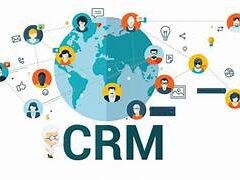Influence vs. Attribution: Understanding Marketing’s Full Impact
Key Distinction:
- Influence = The cumulative impact of all marketing interactions on a buyer’s journey.
- Attribution = The direct source credited for a conversion.
Influence: The Big-Picture View
What it measures:
- How every touchpoint (ads, content, emails, etc.) shapes the buyer’s path—even if they didn’t directly close the deal.
Why it matters:
- Reveals which efforts nurture leads, build trust, or overcome objections.
- Critical for long-term strategy (e.g., brand awareness, mid-funnel engagement).
Example:
A prospect interacts with:
- A Facebook ad (first touch)
- A blog post (education)
- A demo email (final nudge)
→ Influence values all three; attribution may credit only the email.
Attribution: The Conversion Detective
What it measures:
- The specific interaction (or sequence) that directly led to revenue.
Why it matters:
- Helps optimize budget by showing which channels close deals (e.g., paid search vs. retargeting).
- Varies by model (first touch, last touch, linear, etc.).
Example:
Same journey as above:
- Last-touch attribution = Credits the email.
- Linear attribution = Splits credit evenly across all three.
Key Differences
| Metric | Scope | Focus | Flexibility |
|---|---|---|---|
| Influence | Entire journey | Holistic impact | Fixed (total value) |
| Attribution | Single source | Direct conversion | Model-dependent |
Why Both Matter
- Attribution tells you what closed deals (short-term ROI).
- Influence reveals what moved buyers (long-term growth).
Bottom line: Use attribution to refine campaigns, but rely on influence to build a seamless buyer journey.
(Tip: Combine both in reporting to balance immediate wins with pipeline health.)
Content updated March 2025.













